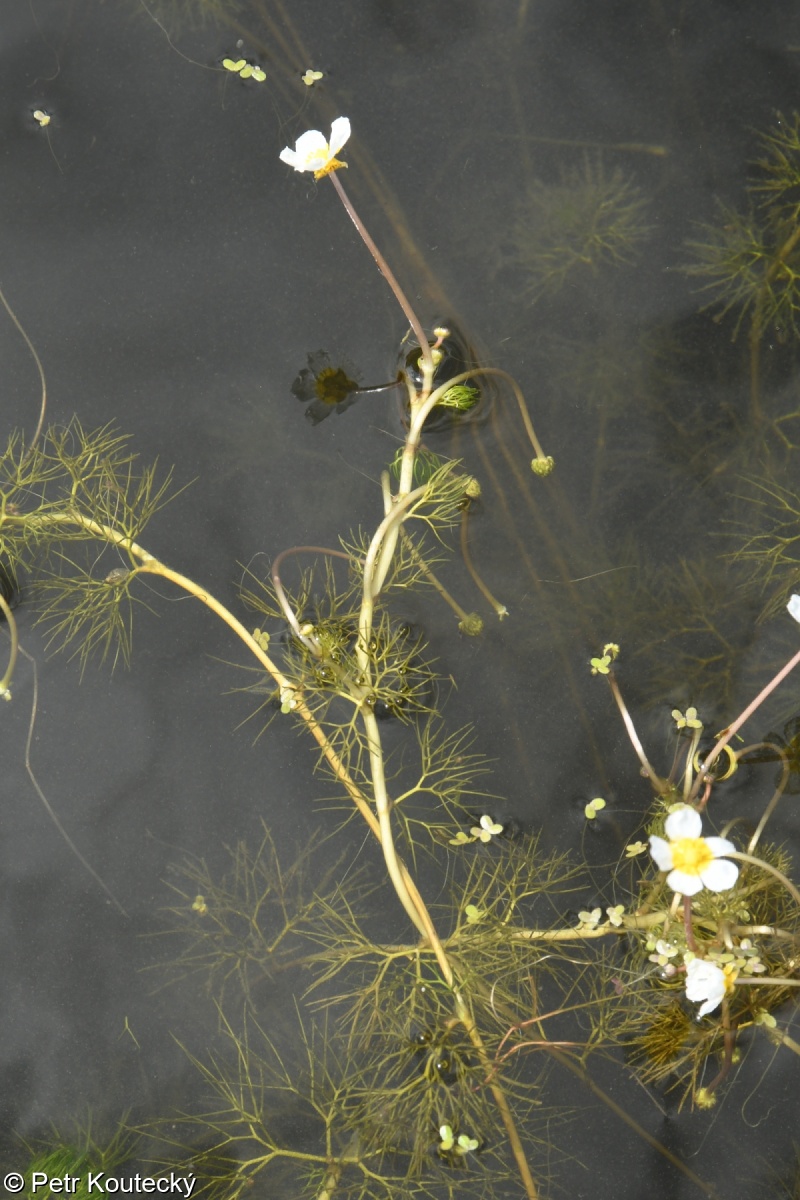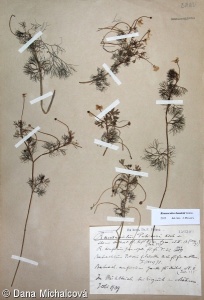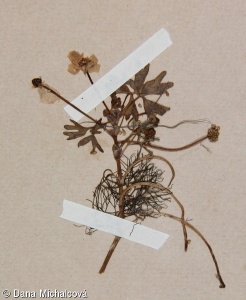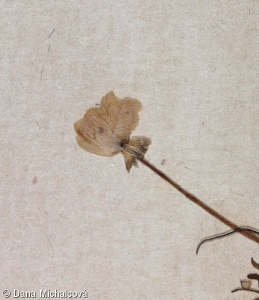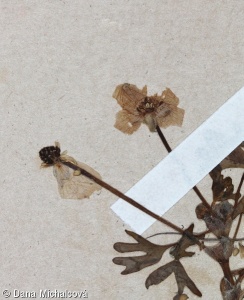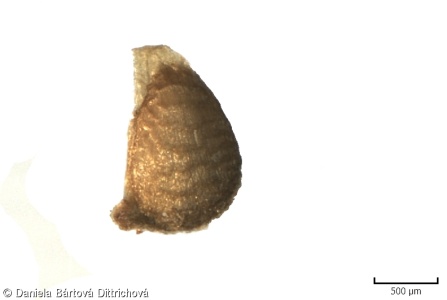Seed mass represent the mean weight of 1000 seeds in a dry state, measured in grams.
The data were taken preferably from Kleyer et al. (2008), Hintze et al. (2013), García-Gutiérrez et al. (2018) and Seed Information Database (Royal Botanic Gardens Kew 2021) and complemented by additional sources such as national and regional floras. Each species is characterized by a mean value calculated across available datasets. Upon request, minimum, maximum and median values are also available.
Data source and citation
Axmanová, I. (2022). Seed mass. – www.FloraVeg.EU.
Further references
García-Gutiérrez, T., Jiménez-Alfaro, B., Fernández-Pascual, E., & Müller, J. V. (2018). Functional diversity and ecological requirements of alpine vegetation types in a biogeographical transition zone. Phytocoenologia, 77–89. https://doi.org/10.1127/phyto/2017/0224
Hintze, C., Heydel, F., Hoppe, C., Cunze, S., König, A., & Tackenberg, O. (2013). D3: The Dispersal and Diaspore Database – Baseline data and statistics on seed dispersal. Perspectives in Plant Ecology, Evolution and Systematics, 15(3), 180–192. https://doi.org/10.1016/j.ppees.2013.02.001
Kleyer, M., Bekker, R. M., Knevel, I. C., Bakker, J. P., Thompson, K., Sonnenschein, M., … Peco, B. (2008). The LEDA Traitbase: A database of life-history traits of the Northwest European flora. Journal of Ecology, 96(6), 1266–1274. https://doi.org/10.1111/j.1365-2745.2008.01430.x
Royal Botanic Gardens Kew. (2021). Seed Information Database (SID). Version 7.1. Available at: http://data.kew.org/sid/ [accessed May 2021]
